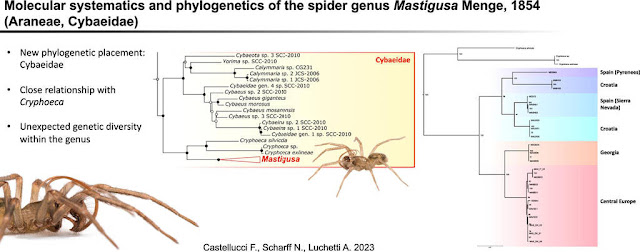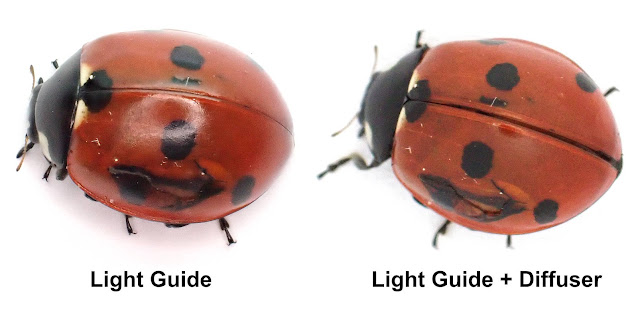Tuesday, 30 January 2024
Charnwood Confusion Continues
Monday, 22 January 2024
A simple (and cheap) macro diffuser for Olympus TG cameras
Photography - it's all about the lighting (the clue is in the name).
Olympus TG cameras are great for macro photography. Working at very close range can be difficult, often blocking the light needed to illuminate the subject. The Olympus TG Light Guide is a very helpful (if over-priced) accessory which directs light from the front LED in a circular ring light-fashion onto the subject. This is useful but can be a problem when taking macro photos of shiny subjects. The clear plastic at the front of the TG Light Guide does not provide much in the way of diffusion, causing a bright ring-shaped hot spot on images:
The diffuser consists of a white plastic pudding cup. I bought mine online but you could probably find something which would do the job in the dessert section of the supermarket (note: eat pudding before use). Turn the cup upside down and place the Light Guide on the top of the cup, draw around the inside of the lens hole in the Light Guide and cut out a hole (you can do it less crudely than I did, but mine still works fine).
To use, place the subject under the cup, put the camera (with the Light Guide) on top, compose and take your photos. The remaining rim of the cup covers the clear ring of the Light Guide and diffuses the LED further, reducing hot spots on the subject. The cup also acts as a copy stand which reduces camera movement when using the focus stacking functions of the camera.
It's cheap, it works, and you get to eat pudding. What's not to like?



